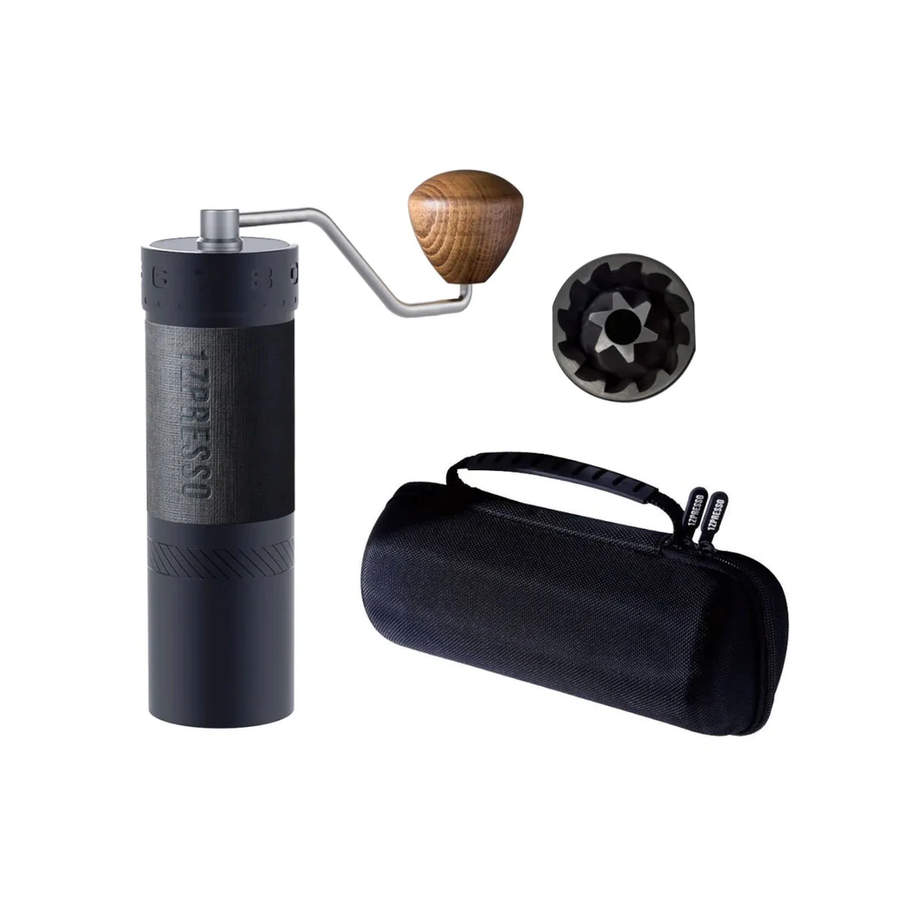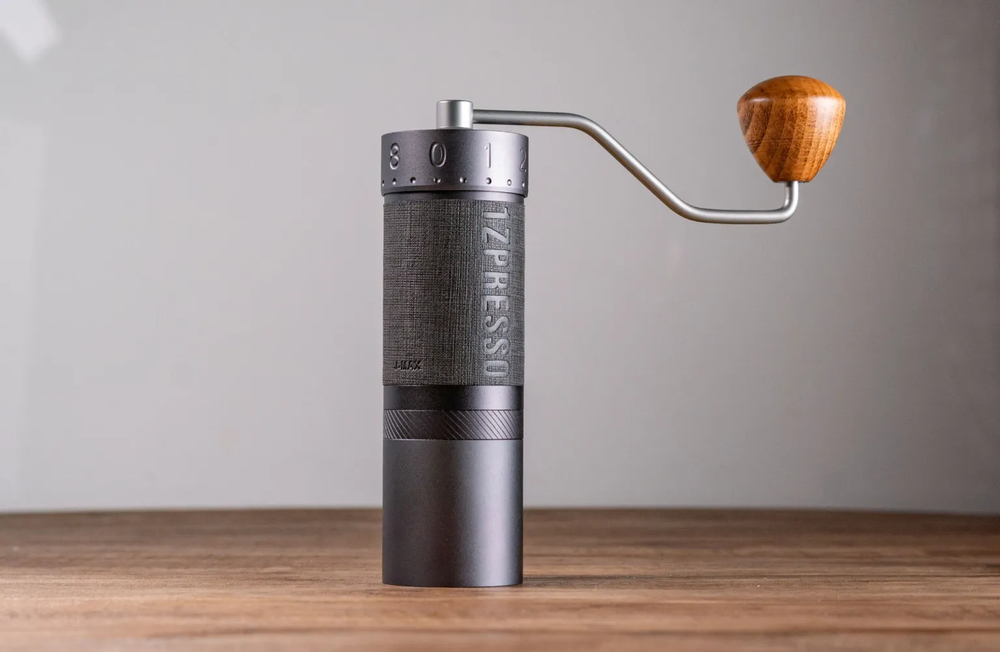What is PID (Proportional-Integral-Derivative)? A Guide to Precision in Coffee Brewing
When it comes to brewing the perfect cup of coffee, precision is key. One of the most critical factors in achieving this precision is controlling the water temperature. This is where PID (Proportional-Integral-Derivative) technology comes into play. In this article, we’ll explore what PID is, how it works, and why it’s essential for anyone serious about their coffee.
Understanding PID (Proportional-Integral-Derivative)
PID stands for Proportional-Integral-Derivative, a control system used to maintain precise temperature control in various applications, including espresso machines. Unlike traditional thermostats, which can cause temperature fluctuations, PID controllers ensure that the water temperature remains consistent throughout the brewing process.
How Does PID Work?
-
Proportional Control: This component adjusts the power supplied to the heating element based on the difference between the desired temperature and the current temperature. The larger the difference, the more power is applied.
-
Integral Control: This part of the system addresses any residual error that the proportional control might miss. It sums up the errors over time and adjusts the power accordingly to eliminate any long-term discrepancies.
-
Derivative Control: This component predicts future errors based on the rate of change of the temperature. It helps to smooth out the temperature curve, preventing overshooting or undershooting the target temperature.
By combining these three elements, PID controllers can maintain a stable temperature, which is crucial for extracting the best flavours from your coffee beans.

Why Temperature Control Matters in Coffee Brewing
Coffee brewing is a delicate process that requires precise control over several variables, with temperature being one of the most important. Different coffee roasts require different brewing temperatures to achieve optimal flavour extraction.
Light Roasts
Light roasts are denser and less porous than darker roasts, making them harder to extract. To bring out the delicate flavours, you’ll need a higher brewing temperature, typically between 93°C and 96°C.
Medium Roasts
Medium roasts are more balanced and can be brewed at slightly lower temperatures, usually between 90°C and 95°C. However, the exact temperature can vary depending on the specific beans and your taste preferences.
Dark Roasts
Dark roasts are more porous and less dense, requiring even lower temperatures, generally between 85°C and 90°C. Brewing at too high a temperature can result in a bitter taste, so precise control is essential.
The Role of PID in Espresso Machines
Espresso machines equipped with PID controllers offer a significant advantage over those with traditional thermostats. Here’s why:
-
Consistency: PID controllers maintain a stable temperature, ensuring that each shot of espresso is brewed under the same conditions. This consistency is crucial for achieving a balanced and flavorful cup.
-
Precision: With PID, you can set the exact temperature you want, down to a single degree. This level of precision allows you to fine-tune your brewing process to match the specific requirements of your coffee beans.
-
Efficiency: By reducing temperature fluctuations, PID controllers help to conserve energy, making your espresso machine more efficient in the long run.
Coffee Brewing Tips for Optimal Flavour
To get the most out of your PID-equipped espresso machine, here are some coffee brewing tips to keep in mind:
-
Experiment with Temperature: Don’t be afraid to adjust the temperature settings to find the sweet spot for your coffee beans. Start with the recommended range and tweak it based on your taste preferences.
-
Use Fresh Beans: Always use freshly roasted coffee beans for the best flavour. Stale beans can result in a flat and uninspiring cup.
-
Grind Size Matters: The grind size should match your brewing method. For espresso, a fine grind is essential to achieve the right extraction.
-
Preheat Your Equipment: Make sure to preheat your espresso machine and portafilter to avoid temperature drops during brewing.
-
Monitor Extraction Time: Aim for an extraction time of 25-30 seconds for a balanced shot of espresso. Adjust your grind size or dose if necessary to achieve this.

Why Choose Buna Coffee for Your Espresso Machine Needs?
At Buna Coffee, we specialise in supplying the world’s most respected brands in coffee machines, including espresso machines, filter coffee machines, bean-to-cup machines, and more. Our range of PID-equipped espresso machines ensures that you have the tools you need to brew the perfect cup every time.
Explore our collection of espresso machines and other coffee brewing equipment at Buna Coffee.
Conclusion
Understanding PID (Proportional-Integral-Derivative) technology and its role in espresso machines can significantly enhance your coffee brewing experience. By maintaining precise temperature control, PID controllers help you extract the best flavours from your coffee beans, ensuring a consistently excellent cup every time.
Whether you’re a seasoned barista or a home coffee enthusiast, investing in a PID-equipped espresso machine from Buna Coffee is a step towards achieving coffee perfection. Follow our coffee brewing tips and experiment with different temperatures to discover the unique flavours of your favourite roasts.
By following these guidelines and incorporating PID technology into your brewing routine, you’ll be well on your way to mastering the art of coffee making. Happy brewing!



